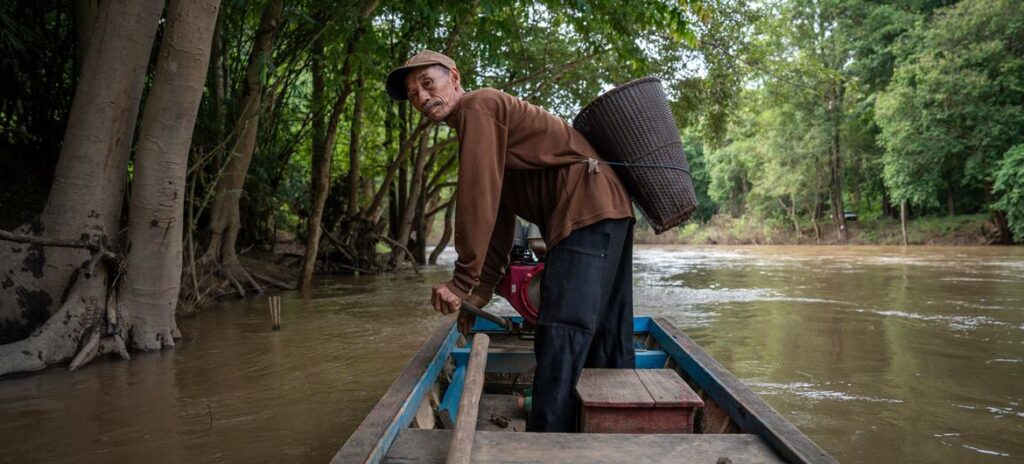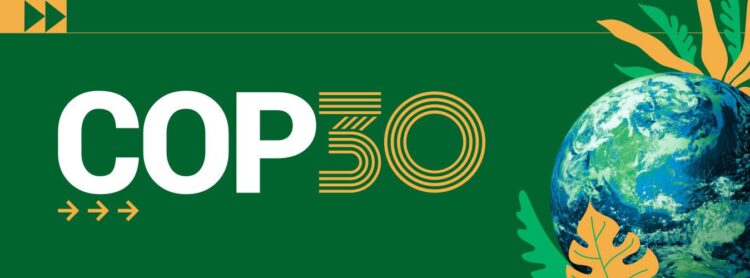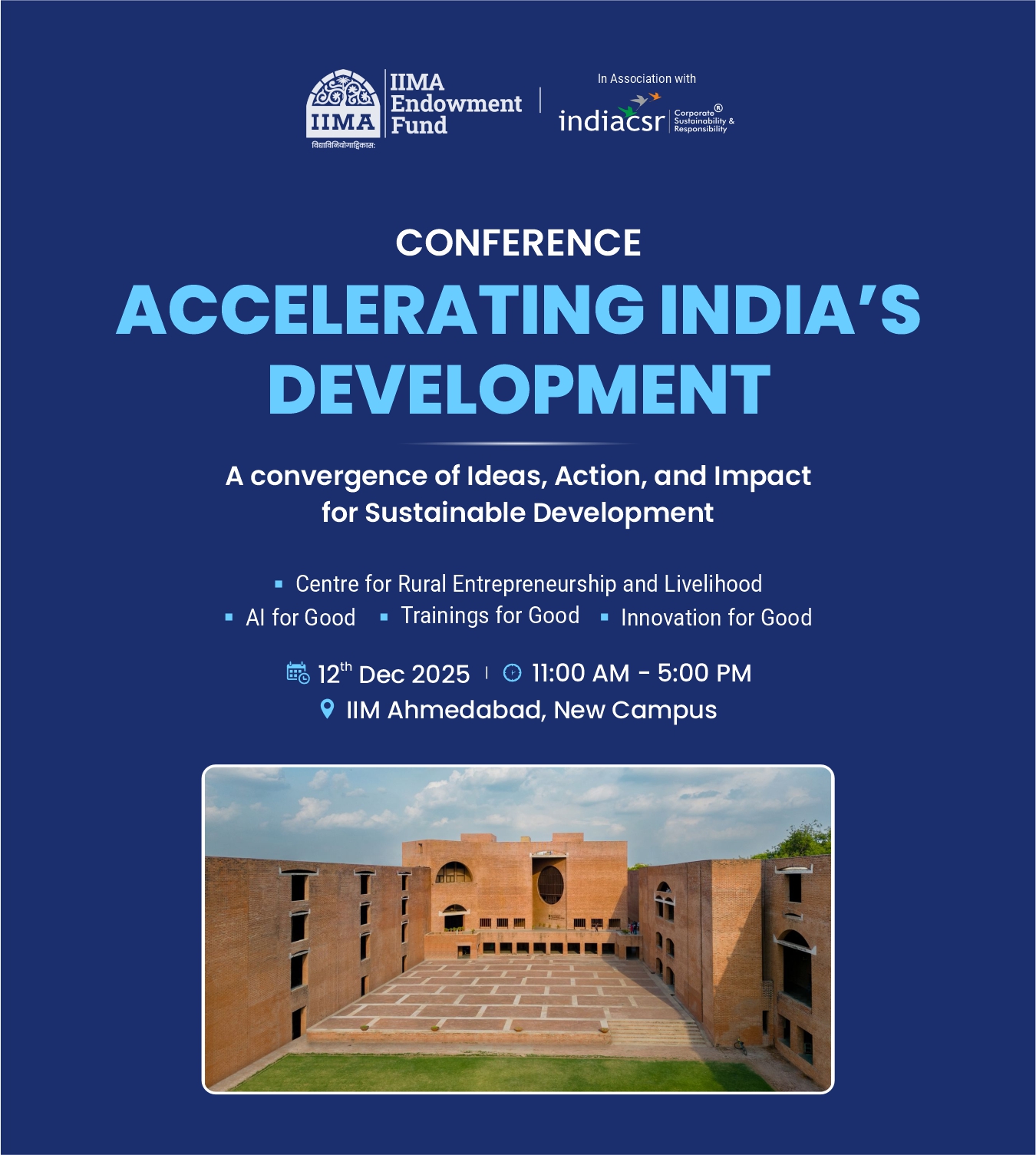A Turning Point for Tropical Forests and Global Climate Action: Brazil Takes the Lead in Climate Diplomacy
The UN Climate Conference COP30, hosted in Belém, Brazil, stands as one of the most crucial climate summits of the decade. Taking place in the heart of the Amazon, it symbolizes the world’s collective commitment to addressing the dual crisis of climate change and biodiversity loss. With tropical forests under severe threat and global temperatures breaching record highs, COP30 represents a renewed global effort to protect ecosystems, mobilize finance, and accelerate sustainable development. This year’s summit has introduced one of the most ambitious international initiatives — the Tropical Forests Forever Facility, a Brazil-led fund that rewards nations for halting deforestation. To fully understand the importance of COP30, it is vital to explore its origin, history, guiding pillars, and global significance.
At the gateway to the Amazon in Belém, Brazil, world leaders gathered for the United Nations Climate Conference (COP30) — a historic summit focused on protecting tropical forests, scaling climate finance, and accelerating global action to meet the goals of the Paris Agreement. With the Amazon rainforest symbolizing both vulnerability and hope, COP30 has emerged as a defining moment for the planet’s fight against deforestation and global warming.
In a landmark move, Brazil launched the Tropical Forests Forever Facility, an international fund aimed at rewarding nations that successfully halt deforestation. The initiative could channel up to $4 billion annually to nearly 74 countries, making it one of the most ambitious global efforts to protect nature while promoting sustainable economic development.
***
Origin of COP30: The Evolution of a Global Climate Framework
The Conference of the Parties (COP) was established under the United Nations Framework Convention on Climate Change (UNFCCC), adopted in 1992 at the Earth Summit in Rio de Janeiro. The first COP meeting, COP1, was held in Berlin in 1995. Since then, the annual conference has served as the supreme decision-making body of the UNFCCC, bringing together almost every country on Earth to negotiate agreements that shape the global climate agenda.
Over three decades, the COP meetings have evolved from early discussions on carbon reduction to comprehensive frameworks that integrate adaptation, mitigation, technology transfer, and climate finance. Milestones include:
- COP3 (1997, Kyoto): Adoption of the Kyoto Protocol, the first legally binding agreement on emission reduction.
- COP21 (2015, Paris): Signing of the Paris Agreement, committing nations to limit global warming to below 2°C, ideally 1.5°C.
- COP26 (2021, Glasgow): Strengthening global commitments with updated Nationally Determined Contributions (NDCs).
- COP28 (2023, Dubai): Initiation of the Global Stocktake and the proposal for forest-focused financing mechanisms.
COP30 (2025, Belém) builds on these milestones, shifting global attention from policy promises to practical implementation — particularly in the area of forest protection, climate finance, and inclusive development.
***
Historical Context: Why Belém Matters
Hosting COP30 in Belém, the gateway to the Amazon rainforest, carries deep symbolic and environmental significance. The Amazon is the world’s largest tropical rainforest, home to immense biodiversity and a major carbon sink vital for stabilizing the global climate. However, decades of deforestation, illegal mining, and wildfires have pushed parts of it to the brink of ecological collapse.
By bringing the conference to Belém, the UNFCCC and the Government of Brazil have sent a powerful message: the future of climate stability depends on the survival of tropical forests. This marks the first time a COP summit has been held within the Amazon region, connecting the negotiations directly to the landscapes and communities most affected by environmental degradation.
President Luiz Inácio Lula da Silva’s administration has positioned Brazil as a global leader in sustainable development, aligning its domestic policies with international climate objectives. The Tropical Forests Forever Facility, launched at COP30, reflects Brazil’s ambition to create a new economic model where conserving nature generates tangible financial returns.
***
The Pillars of COP30
COP30 is structured around four fundamental pillars that define its vision and outcomes:
1. Forest Protection and Nature-Based Solutions
The central theme of COP30 is safeguarding tropical forests — the Amazon, Congo Basin, Southeast Asian rainforests, and others. Through the Tropical Forests Forever Facility, participating countries will be rewarded for maintaining forest cover, effectively turning conservation into a sustainable economic opportunity.
2. Climate Finance and Shared Responsibility
A major objective of COP30 is to mobilize financial resources from developed nations and private investors to support developing countries in their climate transition. The Facility aims to channel $4 billion annually, with long-term projections of $100 billion in blended investment, signaling a shift toward equitable, performance-linked funding.
3. Inclusion and Indigenous Leadership
COP30 recognizes that Indigenous and local communities are the true guardians of forests. Under the new fund, 20% of the payments will directly reach these communities, empowering them to lead conservation and adaptation efforts. The summit emphasizes inclusive climate governance that values traditional knowledge alongside modern science.
4. Global Collaboration for Sustainable Growth
COP30 has fostered a coalition of forest-rich nations, including Colombia, Ghana, the Democratic Republic of Congo, Indonesia, and Malaysia, united under the common cause of protecting global biodiversity. The participation of major investor countries such as Germany, France, Norway, the UAE, and the UK reflects a growing consensus that climate protection is a shared global responsibility.
***
Significance of COP30: A Turning Point for the Planet
The significance of COP30 extends beyond its policy framework — it marks a moral, political, and economic shift in how the world perceives climate action.
1. Revaluing Nature’s Economy
For the first time, a global mechanism ties financial incentives directly to ecosystem preservation. By assigning measurable value to standing forests, COP30 transforms environmental conservation into an economically rational choice for developing nations.
2. Advancing Climate Justice
COP30 reinforces the principle that those who have contributed least to climate change — especially developing countries and indigenous populations — should receive fair compensation and support to adapt and thrive. This is a key step toward equity and climate justice.
3. Strengthening Global Commitments
The Belém summit encourages all nations to update their NDCs with more ambitious emission-reduction targets and strategies to achieve net-zero by mid-century. It also emphasizes the integration of biodiversity protection, renewable energy, and sustainable land management into national climate plans.
4. Mobilizing Global Investment
According to the UN Environment Programme (UNEP), current global climate finance falls far short of needs. COP30 aims to set a new benchmark for predictable and performance-based finance, encouraging both public and private stakeholders to commit long-term capital.
5. Symbol of Hope and Unity
Beyond negotiations and numbers, COP30 symbolizes hope — a belief that humanity can still change course. It demonstrates the power of collaboration among nations, communities, and individuals to protect the planet’s most vital ecosystems for future generations.
***
The Amazon: Heart of the Climate Conversation
The Amazon rainforest, stretching across Brazil and neighboring South American nations, is often called the lungs of the Earth. It absorbs vast amounts of carbon dioxide and regulates the planet’s climate. Yet, in recent decades, it has been under constant threat from illegal logging, mining, and agricultural expansion.
COP30, held in Belém — the symbolic gateway to the Amazon — sent a clear message to the world: the survival of tropical forests is inseparable from the survival of humanity. Brazil’s leadership, under President Luiz Inácio Lula da Silva, is focused on turning the tide by prioritizing conservation, equitable climate finance, and indigenous rights.
The Launch of the Tropical Forests Forever Facility
The highlight of COP30 was the unveiling of the Tropical Forests Forever Facility (TFFF) — a transformative financial mechanism designed to make standing forests more valuable than cleared land. Under the program, countries that protect their forests will receive $4 per hectare annually, based on satellite-verified performance.
The Facility’s model rests on a simple yet revolutionary principle: “forests standing are worth more than forests destroyed.” By rewarding measurable conservation outcomes, the fund seeks to change the global economic equation that has long favored short-term exploitation over long-term sustainability.
According to initial estimates, the facility could mobilize $4 billion each year, triple the current level of concessional financing for forest protection.
Also Read: COP30: Brazil Launches Global Fund to Put Forest Protection at the Core of Climate Action
***
Support for Local and Indigenous Communities
One of the most groundbreaking aspects of the new fund is its emphasis on local empowerment. Twenty percent of all payments will go directly to local and indigenous communities — those who are the true custodians of forests.
Ana Toni, Executive Director of COP30, emphasized that this approach ensures climate finance reaches “the hands and hearts of those protecting forests.” It reflects a growing consensus that indigenous knowledge and community stewardship are critical to achieving lasting environmental outcomes.
President Lula da Silva underscored Brazil’s commitment to inclusive climate action by announcing an initial investment of $1 billion to kick-start the fund. “We are not only protecting forests; we are investing in people,” he said.
***

Building a Global Coalition for Forest Protection
The creation of the Tropical Forests Forever Facility began during COP28 in Dubai (2023) and culminated in its official launch at COP30. Already, Colombia, Ghana, the Democratic Republic of Congo, Indonesia, and Malaysia have joined the coalition, signaling the unity of tropical nations that share similar environmental challenges.
Investor countries including Germany, France, Norway, the United Arab Emirates, and the United Kingdom have expressed interest in contributing to the fund. Through a blended investment model, the initiative will allow governments and private investors to share both risks and rewards — ensuring financial sustainability and scalability.
UN Secretary-General António Guterres praised the fund as “a statement of solidarity and hope,” adding, “Tropical forests breathe life into our planet, yet they remain under relentless assault. This initiative is a bold step to make standing forests more valuable than cleared land.”
***
Mobilizing Billions for Nature-Based Solutions
According to the UN Environment Programme (UNEP), global forest protection efforts currently attract about $84 billion annually, far below the required levels. To effectively combat climate change and biodiversity loss, investment needs to rise to $300 billion by 2030 and nearly $500 billion by 2050.
The new Facility aims to help bridge this funding gap by mobilizing $25 billion in public contributions and leveraging over $100 billion from private sources. The mechanism is also expected to boost financing for renewable energy and ecosystem restoration — two critical components of the global green transition.
This signals a major shift from short-term project-based funding to predictable, performance-linked finance, providing countries with a steady incentive to maintain forest cover.
***
COP30 Themes: Forests, Finance, and Fairness
Beyond the fund, COP30 has centered discussions on three interconnected themes — forests, finance, and fairness. The conference underscores that climate action cannot succeed without equity and inclusion.
Developing nations have consistently highlighted the need for fair climate finance, arguing that they bear the brunt of climate impacts despite contributing the least to global emissions. The TFFF directly addresses this imbalance by creating a financial system that rewards protection rather than penalizes poverty.
By aligning conservation with economic opportunity, COP30 marks a shift toward “climate justice in action” — ensuring that developing nations are not left behind in the global green transition.

***
Global Commitment and Future Outlook
COP30 represents more than another climate summit — it is a moment of reckoning. With the Paris Agreement’s 2030 deadlines fast approaching, nations are under pressure to strengthen their Nationally Determined Contributions (NDCs), enhance renewable energy capacity, and halt deforestation entirely by 2030.
Brazil’s leadership is setting the tone for collective responsibility. The Belém summit is a reminder that climate action is not just about reducing emissions, but about protecting ecosystems, preserving cultures, and restoring balance between humanity and nature.
“Together, we can ensure tropical forests stand forever — as living pillars of climate stability, biodiversity, resilience, and peace,” said Guterres in his closing remarks.
Why COP30 Matters
COP30 will be remembered as the conference that redefined the global climate agenda by placing tropical forests at its heart. It highlights that environmental protection, social inclusion, and financial innovation are inseparable pillars of sustainable progress.
As leaders and negotiators deliberate until 21 November 2025, the spirit of Belém carries a message of urgency and unity — that the future of climate action depends on keeping forests alive, empowering communities, and investing in the planet’s most vital ecosystems.
The world now looks to COP30 not merely as a conference but as a call to transform promises into protection, turning words into action, and hope into a greener, fairer, and more resilient future for all.
(India CSR)





